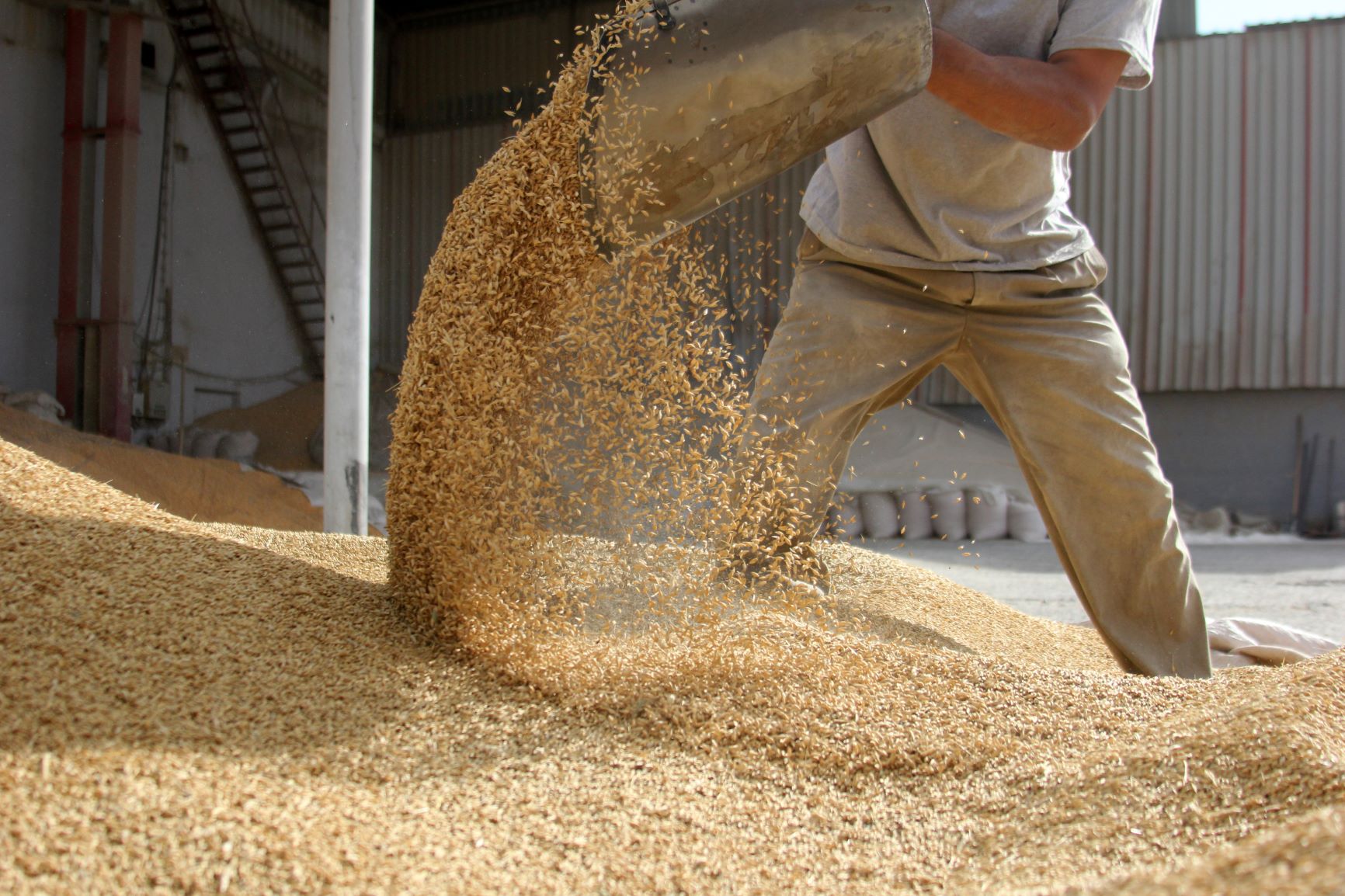Ever had a silo throw a tantrum—material buildup so bad it’s like the grain’s staging a sit-in? That’s where hazard controls for animal feed come in, and trust me, we’ve seen it all at Molemaster.com. Picture this: a feed plant humming along until some sneaky toxin tries to crash the party. We’re talking safety, compliance, and keeping the FDA off your back—all in a day’s work. Our crew’s been wrestling storage messes for years, and we’ve got the know-how to keep your feed clean and your bins happy.
How FSMA Flipped the Script on Feed Safety Controls
Back in 2011, the Food Safety Modernization Act (FSMA) hit the scene like a wake-up call over burnt coffee. Before that, we were all just reacting—scrambling when feed went bad. Now? It’s about stopping trouble before it starts. The FDA’s guidelines laid it out: spot hazards early, from silo bridging to funky contaminants. On top of that, it tightened the animal feed supply chain—more rules, more prevention, less chaos.

Hazard Controls for Animal Feed: The Must-Dos
So, what’s the playbook? Feed facilities need three biggies: Current Good Manufacturing Practices (CGMP), a rock-solid food safety system, and a supply-chain program. CGMP’s your baseline—think clean gear, tidy crews, and water that won’t turn your feed into a science experiment. Miss it, and you’re begging for trouble. Meanwhile, we’ve helped plants dodge those headaches with bin cleaning services that keep things spotless.
Building a Food Safety System with Preventive Measures for Feed
Here’s the guts of it: a food safety system’s got four legs—hazard analysis, preventive controls, oversight, and a recall plan. Hazard analysis is like playing detective—sniffing out risks, whether it’s natural gunk or some cheap shortcut gone wrong. I’ve seen silos where the feed’s endgame (say, cattle chow) meant extra steps to keep it safe. Preventive controls kick in next—blast that risk away with sanitation or process tweaks. Bottom line? Monitor it like a hawk, and you’re golden.
Supply Chain: Animal Feed Hazard Management Done Right
Oh, and don’t sleep on the supply chain. A solid program tracks every sack of raw stuff from your suppliers. If they’ve got their own hazard controls dialed, great—you piggyback off that. If not, you’re on the hook to double-check. We’ve seen plants scramble when a supplier’s grain came in dodgy—better to catch it early than mop it up later.
Molemaster’s Take on Hazard Controls for Animal Feed
Anyway, here’s where we shine. Feed storage can be a beast—temperature swings, funky bins, you name it. I once saw a grain silo so caked it was like chiseling a sculpture—until we rolled in with our cleaning rigs. Our hazard control services tackle that mess fast, keeping your feed safe and your downtime zilch. For real, who’s got time for a stalled line?
Ready to Lock Down Your Feed Safety Controls?
Look, keeping hazard controls for animal feed tight isn’t just about rules—it’s about peace of mind. Whether it’s FSMA compliance or dodging a silo nightmare, Molemaster.com’s got your back. Swing by our contact page or give us a shout—we’ll swap stories and sort your hazards faster than you can brew a fresh pot.

